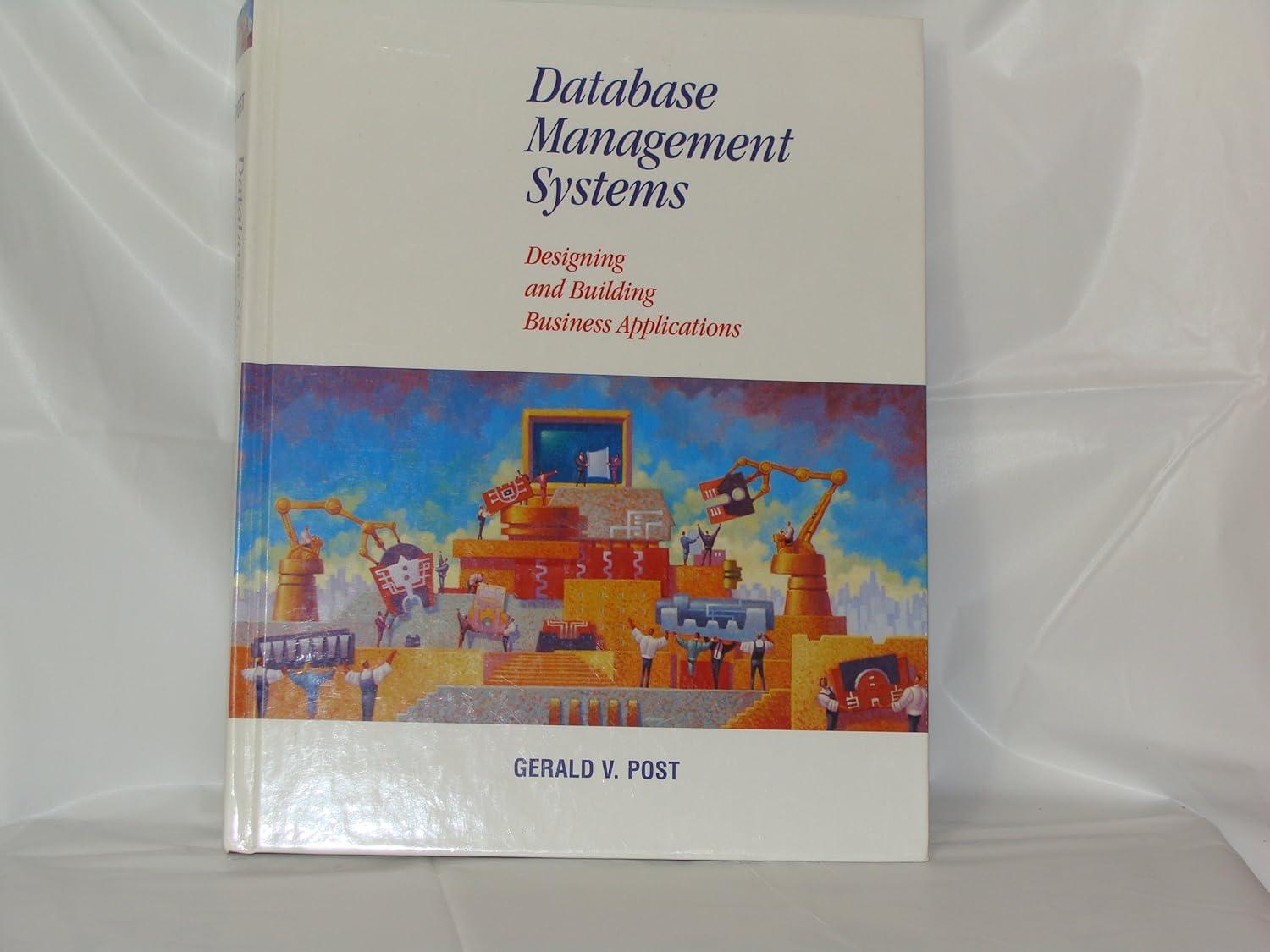Question
In C++ Task: Use linked lists to represent two polynomials. Each polynomial will be an object of the Polynomial class. Each node in the linked
In C++
Task: Use linked lists to represent two polynomials. Each polynomial will be an object of the Polynomial class. Each node in the linked list will represent a term of the polynomial, so data members of the nodes will include coefficient and exponent.
Processing: The program should accept appropriate values (i.e., coefficient and exponent values) from the user to populate two polynomials. Simple data checking should verify that the integer exponents are non-negative and that coefficients are not zero. Polynomials may have varying numbers of terms. The terms should be stored in the linked list in decreasing order of their exponents.
For example, valid polynomials might be:
3x^7-1.5x^4+3 (stored as 3 nodes)
7.1x^2-6x (stored as 2 nodes)
12 (stored as 1 node)
The program will perform three basic operations on the polynomials:
add the two original polynomials together; output the sum
subtract one of the original polynomials from the other one; output the difference
perform monomial multiplication on one of the original polynomials (i.e., multiply each polynomial term by a given monomial term, not necessarily a scalar); output the monomial and the result
Note: do not change the original two polynomials during the addition, subtraction or multiplication operations. Include appropriate functions in the class (constructors, etc.) to produce an effective object-oriented program.
Input: Be sure the program is flexible enough that polynomial terms may be supplied by the user out of proper order, but still be stored in proper order.
Output: Test program should allow the user to input the two polynomials and the monomial multiplier. Then output the following:
each of the two original polynomials
the sum of the polynomials
the difference (first polynomial minus the second)
another difference (second polynomial minus the first)
the result for each of the two polynomials being multiplied by a (different) monomial
Make sure your program in program is well documented both internally and externally.
Step by Step Solution
There are 3 Steps involved in it
Step: 1

Get Instant Access to Expert-Tailored Solutions
See step-by-step solutions with expert insights and AI powered tools for academic success
Step: 2

Step: 3

Ace Your Homework with AI
Get the answers you need in no time with our AI-driven, step-by-step assistance
Get Started


